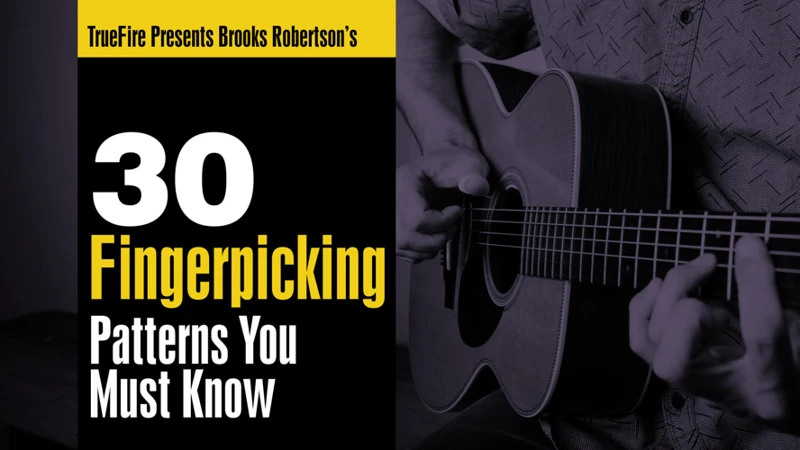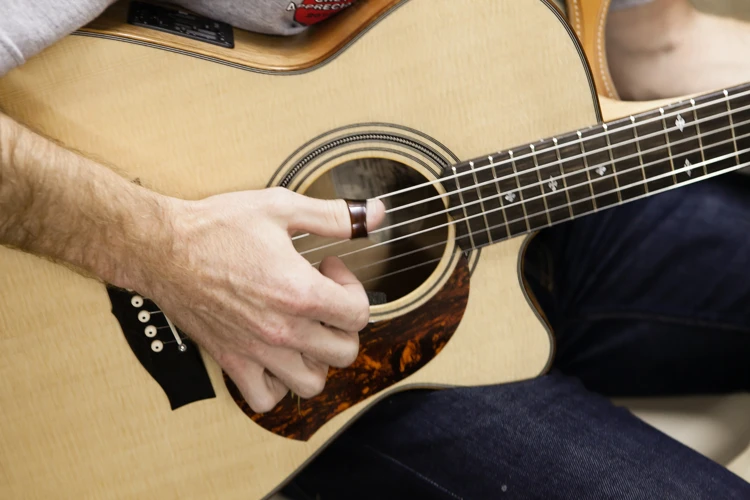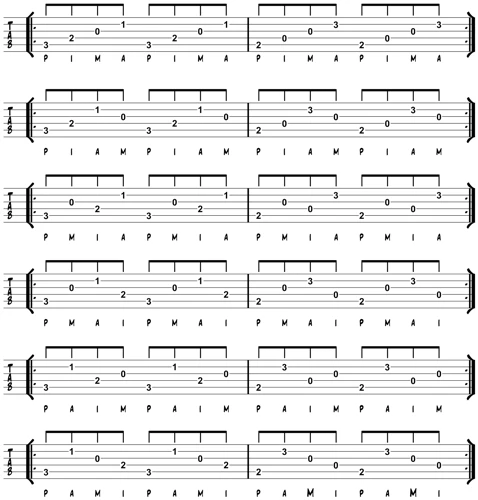Fingerpicking is a unique and captivating technique that adds a special touch to any song, and it is especially prominent in country music. This style of playing involves plucking the strings with the fingers instead of using a pick, allowing for a more intricate and personalized sound. In this article, we will explore the history of fingerpicking in country music, learn some basic techniques, and discover how to incorporate this skill into your own playing.
The History of Fingerpicking in Country Music
Fingerpicking has been a part of country music since its early days. Many of the genre’s pioneers, such as Jimmie Rodgers and Maybelle Carter, were known for their impressive fingerpicking skills. These musicians drew inspiration from various sources, including traditional folk, blues, and gospel music, and they used fingerpicking to create a distinctive sound that would come to define country music.
Basic Fingerpicking Techniques
Before diving into the world of country fingerpicking, it’s essential to familiarize yourself with some fundamental techniques. Here are a few essential skills to practice:
-
The Thumb Technique:
The thumb is typically used to play the bass notes, usually on the lower strings (E, A, and D).
-
The Finger Technique:
The index, middle, and ring fingers are used to play the melody and harmony on the higher strings (G, B, and E).
-
The Pattern Technique:
Fingerpicking often involves playing a repeating pattern, such as thumb-index-middle or thumb-middle-index.
Incorporating Fingerpicking into Country Music
Now that you have a basic understanding of fingerpicking techniques let’s look at how to incorporate them into country music. Here are some tips to get you started:
-
Start Simple:
Begin by learning simple fingerpicking patterns and applying them to well-known country songs. This will help you build confidence and familiarity with the technique.
-
Experiment with Different Patterns:
Don’t be afraid to try out various patterns and rhythms. This will add interest and diversity to your playing.
-
Listen and Learn:
Listen to country musicians who are known for their fingerpicking skills, such as Chet Atkins, Jerry Reed, and Merle Travis. Pay attention to their techniques and try to replicate them in your practice sessions.
-
Add Personal Touch:
Once you have a solid foundation in fingerpicking, start adding your unique touch to the songs you play. Experiment with different rhythms, chord voicings, and melodies to create a personalized sound.
Famous Country Fingerpickers
Many country musicians have made significant contributions to the art of fingerpicking. Here are a few notable artists to check out:
-
Chet Atkins:
Often referred to as “Mr. Guitar,” Chet Atkins was a legendary fingerstyle guitarist who helped popularize the technique in country music. His innovative approach to fingerpicking combined elements of country, jazz, and pop music.
-
Jerry Reed:
Known for his fast and flashy fingerpicking style, Jerry Reed was an influential country guitarist and singer-songwriter. His hits, such as “Amos Moses” and “When You’re Hot, You’re Hot,” showcased his impressive fingerpicking skills.
-
Merle Travis:
Merle Travis was a pioneering country fingerstyle guitarist who developed the “Travis picking” technique, which involves using the thumb and fingers to play bass notes and melody simultaneously. His distinctive style has influenced countless country guitarists.
Looking to explore different techniques in country music? Check out our articles on tapping in country music, flatpicking in country music, Travis picking in country music, and flatpicking patterns in country songs for a deeper dive into the world of country music guitar playing!
Conclusion
Fingerpicking is a beautiful and versatile technique that can add depth and personality to your country music playing. By learning the fundamentals and studying the greats, you can develop your unique fingerpicking style and bring a new level of artistry to your performances. So grab your guitar, start practicing, and let your fingers do the talking!




